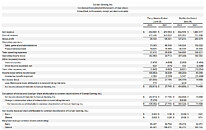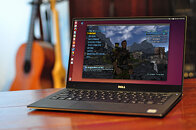NAND Flash Market Landscape to Change, Reports TrendForce
With the effective reduction of production by suppliers, the price of memory is rebounding, and the semiconductor memory market finally shows signs of recovery. From the perspective of market dynamics and demand changes, NAND Flash, as one of the two major memory products, is experiencing a new round of changes. Since 3Q23, NAND Flash chip prices have been on the rise for several consecutive months. TrendForce believes that, under the precondition of a conservative market demand prospect for 2024, chip price trends will depend on suppliers' production capacity utilization.
There have been frequent developments in the NAND flash memory industry chain, with some manufacturers indicating a willingness to raise prices or increase production capacity utilization. Wallace C. Kou, General Manager of NAND Flash Supplier SIMO, stated that prices for the second quarter of NAND Flash have already been settled down, which will increase by 20%; some suppliers have started to make profits in the first quarter, and most suppliers will earn money after the second quarter.
There have been frequent developments in the NAND flash memory industry chain, with some manufacturers indicating a willingness to raise prices or increase production capacity utilization. Wallace C. Kou, General Manager of NAND Flash Supplier SIMO, stated that prices for the second quarter of NAND Flash have already been settled down, which will increase by 20%; some suppliers have started to make profits in the first quarter, and most suppliers will earn money after the second quarter.









































